- Endlessly spacious
- Fantastic ride and handling
- Good looking, inside and out
- Missing some standard equipment
- V6 is thirsty and struggles to put the power down
- Base model offers less convincing value equation
When we recently tested the 2021 Hyundai Palisade Highlander we praised it for being a practical and polished family hauler. Yet, one of the biggest hurdles we see for the competent seven- or eight-seater is not an issue with the Palisade itself, but with the consumer’s perception of the H perched on the front grille.
Just a few years ago many would scoff at the idea of paying $82,000 to get a Hyundai family SUV on the road and, despite the depth and breadth of skill the Palisade offers, we feel that many will still feel short changed in not getting a prestigious badge for that amount of coin. Hyundai’s solution is the Palisade… just Palisade. The eponymous entry model slashes over $15,000 off the asking price when paired with an old-school V6 petrol engine and still offers plenty of metal for the money. Does the Palisade (just Palisade) make the H brand’s largest SUV easier to justify? Let’s find out.
Price & Specs: 7.5/10
The 2021 Hyundai Palisade range is easy and straight forward to navigate – there are just two variants and two powertrains to choose from. The entry-level Palisade (again, just ‘Palisade’) starts at $60,000 plus on-road costs. The Palisade Highlander can be had for $71,000 plus on roads. The standard drivetrain on both variants is a 3.8-litre petrol V6 that sends power exclusively to the front wheels. For an additional $4,200 you can upgrade to a 2.2-litre turbocharged four-cylinder diesel. This also adds two extra wheels of motivation, which seems more fitting for an SUV of this size. Both engines are paired with an eight-speed torque converter automatic with a space-saving push-button gear selector.
Standard features on the base Palisade include a proximity key with push-button start, an electronic park brake, an eight-way electric driver’s seat, six airbags including curtain airbags that extend all the way to the third row, adaptive cruise control with stop and go, autonomous emergency braking (AEB) with pedestrian and cyclist detection, driver attention warning, blind-spot monitoring with collision avoidance, lane following assist, and rear cross-traffic alert with reverse AEB.
Inside, you get a 7.0-inch digital instrument cluster and a 10.25-inch touchscreen with satellite navigation, Apple CarPlay, Android Auto, and a 12-speaker Infinity premium audio system. Black leather upholstery adorns the seats and the dash is treated with metal-look trim in place of the lovely beechwood trim in the Highlander. Outside, the Palisade gets 18-inch alloys, LED daytime-running lights with LED front indicators but the rest of the lighting reverts back to halogen globes. Not ideal when you’re forking out $60K.
The car we’ll be testing is a 2021 Hyundai Palisade V6 finished in ‘White Cream’, adding up to a total of $65,112 drive away. The only option other than the $4,200 diesel drivetrain is metallic paint, which will set you back an extra $729.
What else do you look at when you need to cart around a lot of people? The newest kid on the SUV block and probably the closest in price to the Palisade is the all-new Toyota Kluger GLX. Landing in your driveway for just $61,813 for the front-wheel drive, you get Toyota’s creamy 3.5-litre V6 producing 218kW/350Nm. You can even get the all-wheel drive for GLX for only a smidge more than the front-wheel drive-only Palisade V6, at just $66,723. The Kluger outshines the Palisade in some areas, like having LED headlights, LED and a power tailgate, but the Palisade offers a much larger, more sophisticated infotainment screen (10.25-inches versus the Toyota’s 8.0-inches) and it also scores real leather upholstery where the Kluger utilises the fake stuff. A more pragmatic alternative to the Palisade is the Kia Carnival Platinum, which absolutely destroys any SUV for interior and cargo space. With Kia not being able to charge the SUV tax on the Carnival you can get the range-topping Platinum V6 for not much more than the entry-level Palisade, at just $68,490 drive away.
Performance & Economy: 7.0/10
When we drove the 2.2-litre turbodiesel in our Palisade Highlander we wondered if the $4,200 outlay is worth it over the V6. Initially, it seems not. The V6 is big unit, measuring in at 3.8-litres of six-cylinder petrol goodness. It’s mated to an eight-speed torque converter automatic that sends a healthy 217kW/355Nm to the front wheels.
When we said we didn’t initially see the value in spending $4,200 extra for the diesel powertrain, it didn’t take long before we changed our minds. There are two main reasons we’d pick the diesel over the petrol and we’ll start with the way it drives. Hyundai doesn’t provide a 0-100km/h time for the Palisade and, while it feels like it could get it done pretty swiftly, trying to move from a standstill with any kind of enthusiasm can be tricky. It takes the slightest overshoot of throttle or the slightest imperfection on the road surface for the front wheels to start spinning. This might be fun in a hot hatch, but it seems out of character for an SUV that is destined for the shops and the school run. It’s a shame that the V6 can’t be paired with all-wheel drive, and for that reason alone we’d opt for the all-wheel drive diesel.
“It takes the slightest overshoot of throttle or the slightest imperfection on the road surface for the front wheels to start spinning.”
When you do eventually get that power down, you’ll find that the V6 is a pleasant unit. It revs cleanly and makes a good sound while it does, reminding you why six cylinders used to be the norm in family cars. The eight-speed auto works smartly and swiftly, doing a fantastic job of hiding the Palisade’s 1,897kg kerb weight by staying in the power band. It feels genuinely quick and makes for easy overtaking on the motorway – an all-important test for any family car.
“The eight-speed auto works smartly and swiftly, doing a fantastic job of hiding the Palisade’s 1,897kg kerb weight by staying in the power band.”
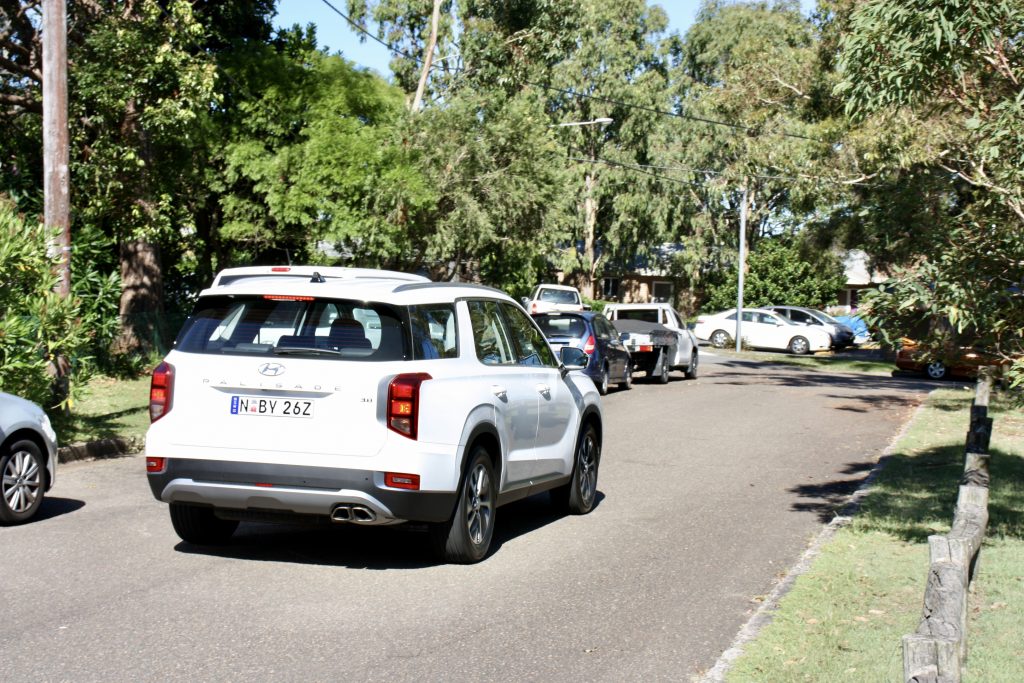
The second reason we think the diesel is the pick of the range is the petrol’s drinking problem. It doesn’t come as a surprise when you’re pairing an old fashioned, large-capacity petrol engine that has no real fuel-saving technology with almost two tonnes of mass that needs to be shifted. In mixed conditions we averaged 16.5L/100km over a week. We’ll admit we weren’t being especially careful but that’s a pretty steep incline from the claimed consumption of 10.7L/100km. Long term, that $4,200 outlay will be worth it both in the way the diesel drives and the fact that it’ll go much further on a single tank.
“Long term, that $4,200 outlay will be worth it both in the way the diesel drives and the fact that it’ll go much further on a single tank.”
When comparing the Palisade V6, Kia Carnival V6 and the Kluger V6, the outputs are much of a muchness. The bonus of the Kluger is you can remedy the traction issues by opting for all-wheel drive. Want to go a step further and save the planet? Another $2,500 will get you into a hybrid Kluger that claims to sip just 5.6L/100km.
Ride & Handling: 8.5/10
We praised the 2021 Hyundai Palisade Highlander for its well-judged ride and handling, even without the local calibration like most of Hyundai’s current lineup. The base model repeats this winning formula, with a few notable changes.
Where the Highlander wears lower-profile tyres on big 20-inch alloys, the base model is fitted with more sensible 18-inch shoes. The added sidewall helps the Palisade’s ride to feel even more cosseting, soaking up bumps with ease. The steering is light and reasonably accurate, all helping to make the large SUV feel smaller than it actually is and an absolute doddle to drive.
“The steering is light and reasonably accurate, all helping to make the large SUV feel smaller than it actually is and an absolute doddle to drive.”
The chunky sidewalls, soft suspension and heft of the Palisade means it’s not going to be the most satisfying thing to shuffle quickly. If an athletic large SUV is what you’re after, best look elsewhere.
One way the Palisade (or most large SUVs for that matter) truly beats a traditional MPV, like the Kia Carnival, is that it has a shorter wheelbase. This means that it’s decidedly easier to manoeuvre than the Carnival, particularly when doing a U-turn in a tight street. Many will also appreciate the added ground clearance of the Palisade.
Interior & Practicality: 9.0/10
There’s no denying that the 2021 Hyundai Palisade is a smartly-presented and well-packaged SUV. The cabin is filled with thoughtful practicalities designed for families and neat design flourishes to help Mum and Dad feel like they haven’t completely given into buying an uninspired family bus. Swing open those hefty doors and climb into a cabin that looks decidedly plush for a base model. Black leather pews welcome you into a vast cabin trimmed with aluminium-look highlights to brighten things up a bit. The driver is greeted by traditional dials that flank a 7.0-inch colour screen and a large 10.25-inch touchscreen. A bit lower down you’ll notice the imposing centre console with the climate controls, the push-button gear selector, driving controls and acres of storage.
“The cabin is filled with thoughtful practicalities designed for families and neat design flourishes to help Mum and Dad feel like they haven’t completely given into buying an uninspired family bus.”
The Palisade’s cabin is a nice place to spend time with the overall ambience feeling pretty upmarket and high-tech, even for a base model. The materials in the first and second row are of a high quality and on par with most of its competitors – with leather and softly-padded plastics covering all the major touchpoints. One minor gripe we have is Hyundai swapping out the Highlander’s soft leather padding, where the driver and front passenger knees meets the dashboard, for a hard piece of plastic. It’s also worth pointing out that the base Palisade misses out on LED headlights (which might sound like nitpicking but they do wonders for night driving, especially in the country), Hyundai’s excellent blind-view monitor and safe-exit assist to stop the kiddies from opening doors into oncoming traffic. We do get that Hyundai needs to give you a reason to opt for the more expensive model, but we feel that some of this equipment should be standard on a $60K family SUV.
“The materials in the first and second row are of a high quality and on par with most of its competitors – with leather and softly-padded plastics covering all the major touchpoints.”
All Australian-delivered Palisades miss out on a fully-digital instrument cluster but at least the infotainment system is well catered for through the comprehensive 10.25-inch touchscreen. It packs satellite navigation, wired Apple CarPlay and Android Auto and digital radio. The system is intuitive to use with a clean, modern and easy-to-navigate interface. It’s paired to an impressive 12-speaker Infinity audio system which is a nice addition in a ‘base’ model. Family-friendly additions include a ‘quiet mode’, which mutes all the rear speakers and limits the volume of the front speakers, and also an intercom system to talk to passengers in the third row.
“The [infotainment] system is intuitive to use with a clean, modern and easy-to-navigate interface.”
Now for the most important question: how family friendly is the Palisade? In a word, very. You get eight seats across three rows upholstered in family friendly black leather that is easy wipe clean and hides dirt much better than cloth or lighter shades of leather. The front row is endlessly cavernous and offers acres of storage – including big door bins with bottle holders, a huge storage bin under the centre armrest with a 12-volt socket and a USB port, a neat covered storage area with two flip-out cupholders and a USB port behind the gear selector, and an absolutely massive area under the centre console that could easily swallow a large handbag. It also offers a 12-volt socket and another USB type-A port.
“You get eight seats across three rows upholstered in family friendly black leather that is easy wipe clean and hides dirt much better than cloth or lighter shades of leather.”
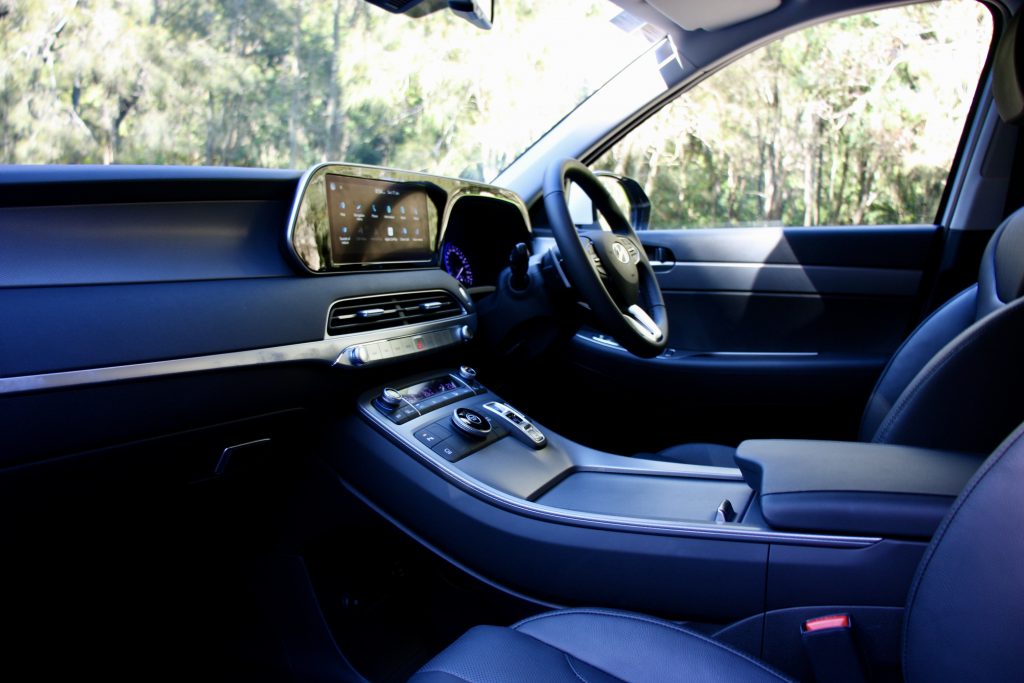
Move back to the second row it’s every bit as comfortable as the first row. There’s an abundance of head, knee and toe room and there’s even enough shoulder room to carry three reasonably-sized adults for a long trip. Better yet you get your own climate zone with your own fan speed, roof-mounted adjustable air vents, another 12-volt socket, a USB port in the backrest of each front seat (a nice touch), map pockets (should we start calling them tablet pockets?), decent sized door bins, two cupholders in each rear door, and another two cupholders if you fold down the centre armrest. It’s a shame to see the deletion of the sunblinds you get in the rear doors and third row of the Palisade Highlander.
“There’s an abundance of head, knee and toe room and there’s even enough shoulder room to carry three reasonably-sized adults for a long trip.”
Ingress into the third row isn’t as cumbersome as you’d think. Push a button on the backrest of the second row to electrically tilt and slide the seat out of the way. Big doors that open wide also make getting in and out a cinch. Once you’re in there, there’s a surprising amounting of headroom. It’s easy to assume that an SUV, no matter how large, will have a cramped third row but the Palisade’s clever packaging and it’s boxy rear end help it to feel more like an MPV. Third-row passengers can also negotiate knee room thanks to a sliding second-row bench. Fitting three adults abreast is possible if a bit mean and longer road trips will start to get a bit uncomfortable for taller passengers as you sit with you knees fairly high up. On shorter trips it’s perfectly comfortable and you even get two USB ports and another four cupholders.
“It’s easy to assume that an SUV, no matter how large, will have a cramped third row but the Palisade’s clever packaging and it’s boxy rear end help it to feel more like an MPV.”
With eight seats in use, the boot is rated at 311 litres. That’s bigger than a Mazda 3 hatchback, for example, and enough for your weekly shop. Folding down the third rows opens it up to 704 litres of space, which will easily swallow five people’s luggage for a long trip, your kids bikes, or a double stroller with room to spare. You can fold the second row for even more space, although Hyundai doesn’t quote the exact figure. Hyundai has reserved the electric tailgate for the upper-spec model, which might be a pain for anyone who’s a little vertically challenged as the boot lid sits quite high when open. A full-size spare is mounted below the car, rather than inside the boot, boosting confidence when venturing away from the suburbs.
“Folding down the third rows opens it up to 704 litres of space, which will easily swallow five people’s luggage for a long trip, your kids bikes, or a double stroller with room to spare.”
The new Toyota Kluger offers less overall space thanks to its swooper design – with one less seat in the third row and only 241 litres available when loaded with bodies. Fold down the third row and you get 552 litres to the Palisade’s 704. On the other hand the Kia Carnival knocks them out of the park with the roomiest third row by some margin, a lower load lip and 627 litres with all eight seats in use. Both the Kluger GLX and Carnival Platinum also offer electric opening and closing of their boots.
Running Costs & Warranty: 8/10
The 2021 Hyundai Palisade is backed with a five-year/unlimited kilometre warranty with 12 months of roadside assistance that’s extended by 12 months with each service at a Hyundai dealership. Servicing will set you back $2,095 over five years or 75,000km. It’s worth noting that this applies to the V6 only, and the turbo diesel costs a dearer $2,465 in the same period.
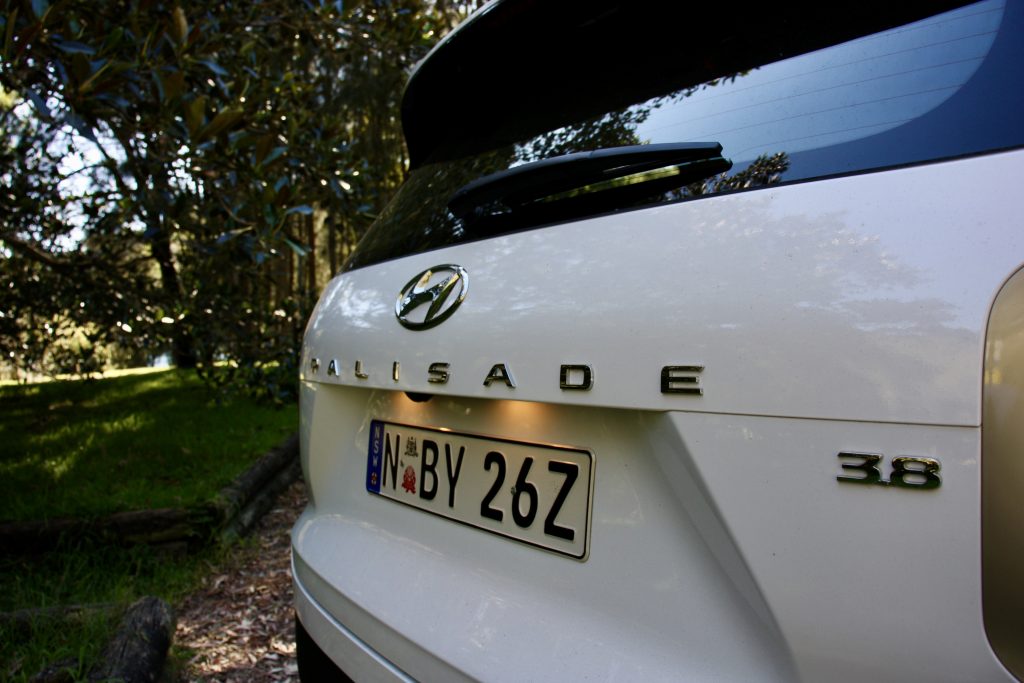
The Kia Carnival offers a seven-year warranty to the Palisade’s five years but the V6 will cost $2,462 over five years. The Toyota Kluger will be the cheapest to run, costing a mind-blowing $1,250 over five years. That’s almost half of the Carnival.
2021 Hyundai Palisade DiscoverAuto Rating: 8.0/10
The 2021 Hyundai Palisade is a fantastic addition to the Australian market. It is endlessly practical, has a classy interior, looks great, drives well and gives buyers a genuine alternative to an MPV. Sure, it’ll never match a proper MPV for sheer space but it gets darn close to it.
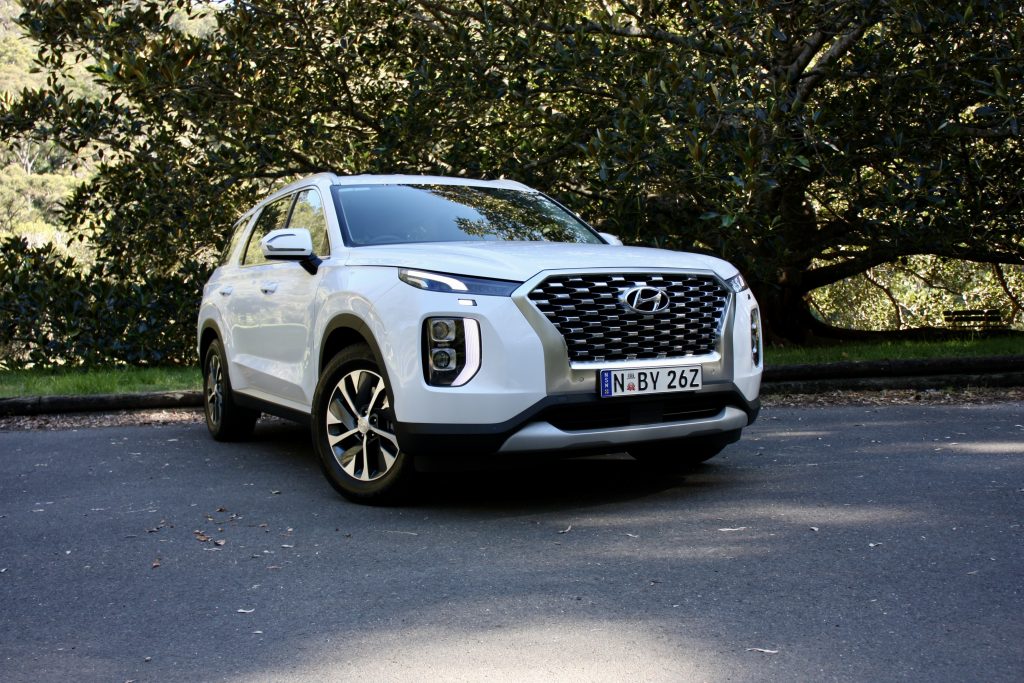
Where the 2021 Hyundai Palisade is ever-so-slightly less convincing is at the base spec. $15K is a sizeable saving over the Palisade Highlander but missing out on equipment like all-wheel drive, LED headlight, blind-view monitor, safe exit assist and an electric tailgate feels a bit off in a modern large SUV that will cost $65K to get onto your driveway. If you really can’t stretch for the Palisade Highlander, we suggest doing your homework (hint: Kluger GLX if you must have an SUV, Kia Carnival Platinum if space is king). Regardless of what you choose, Aussie families are currently spoilt for choice when it comes to moving your family in comfort.
More: Latest on the Hyundai Palisade
More: Latest Hyundai News & Reviews
Latest news in your feed: Follow us on Instagram and Facebook
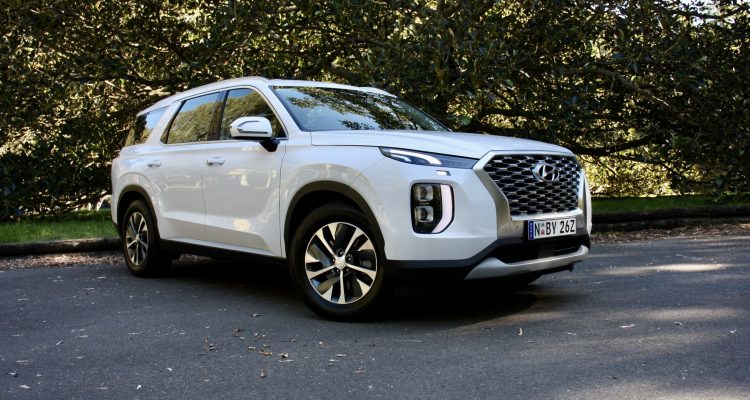
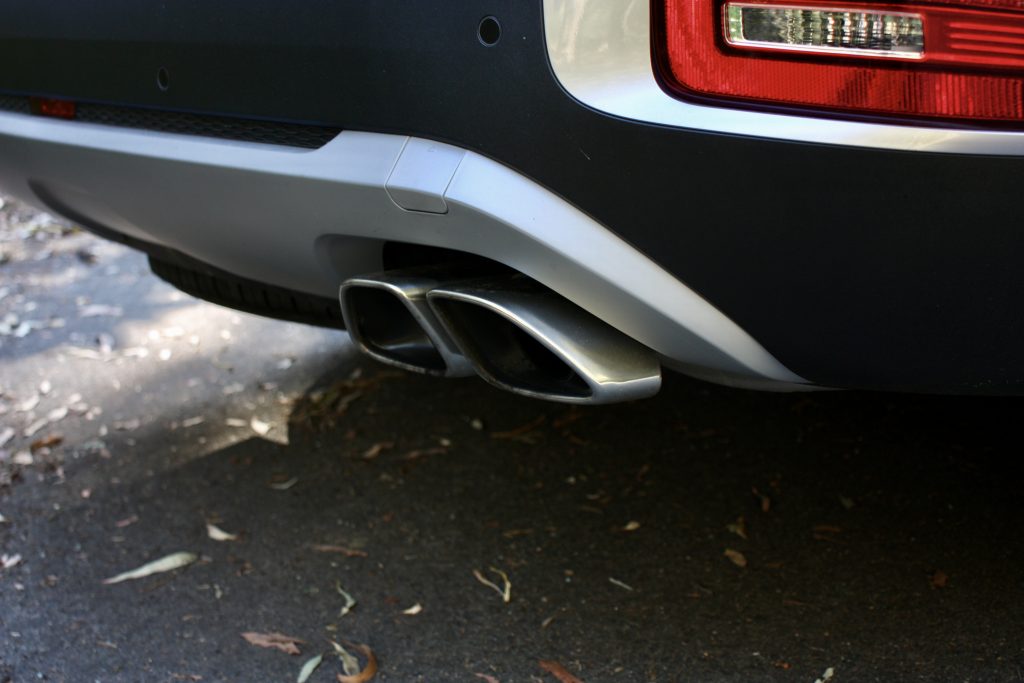
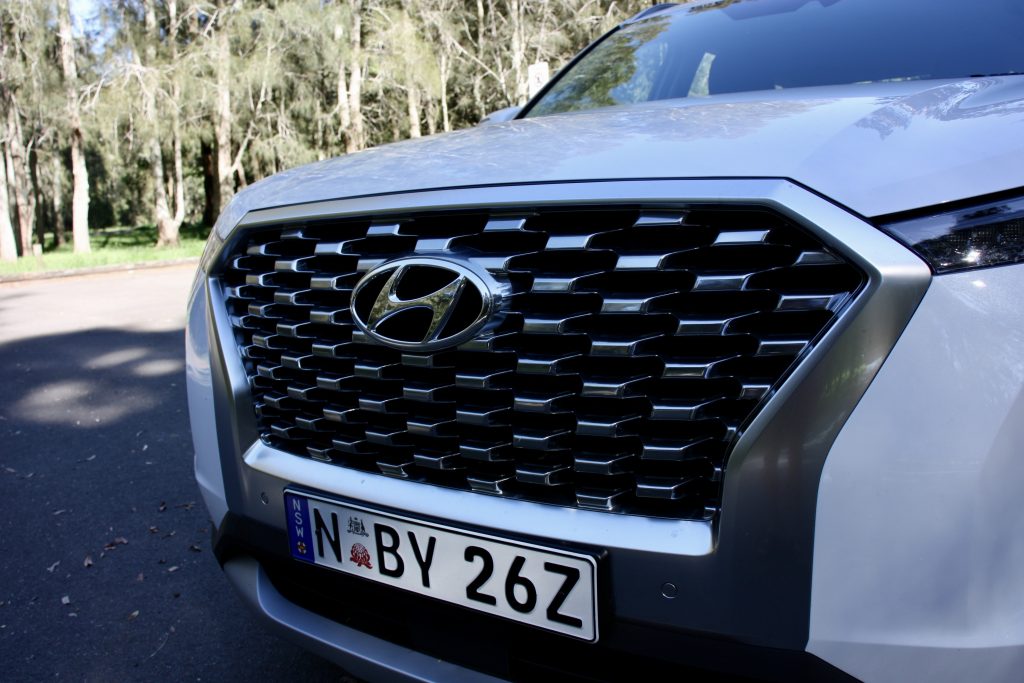
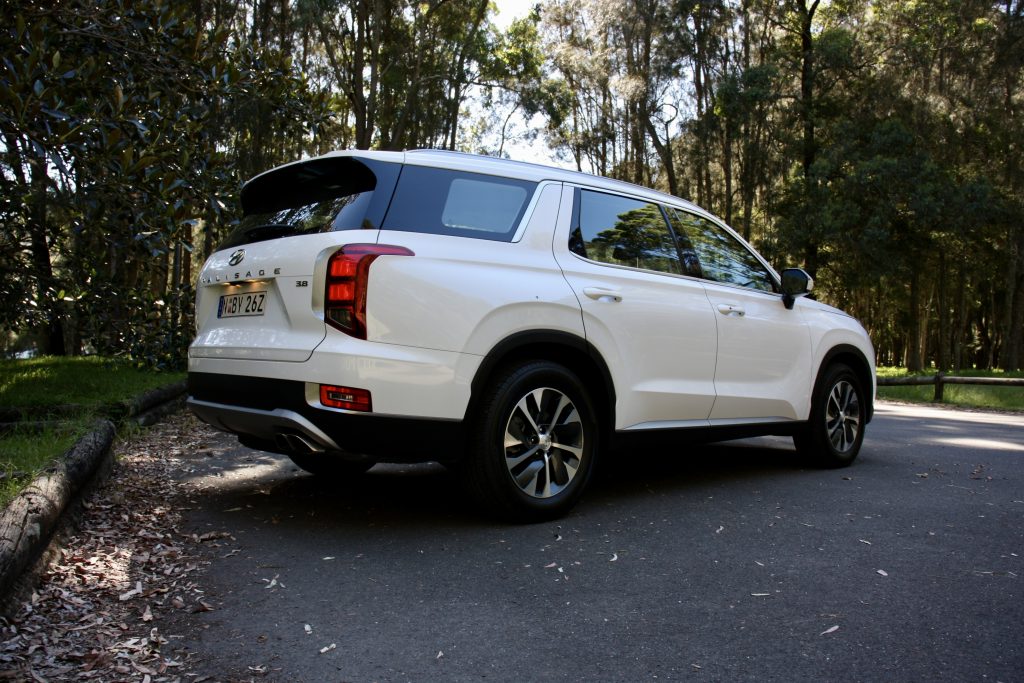
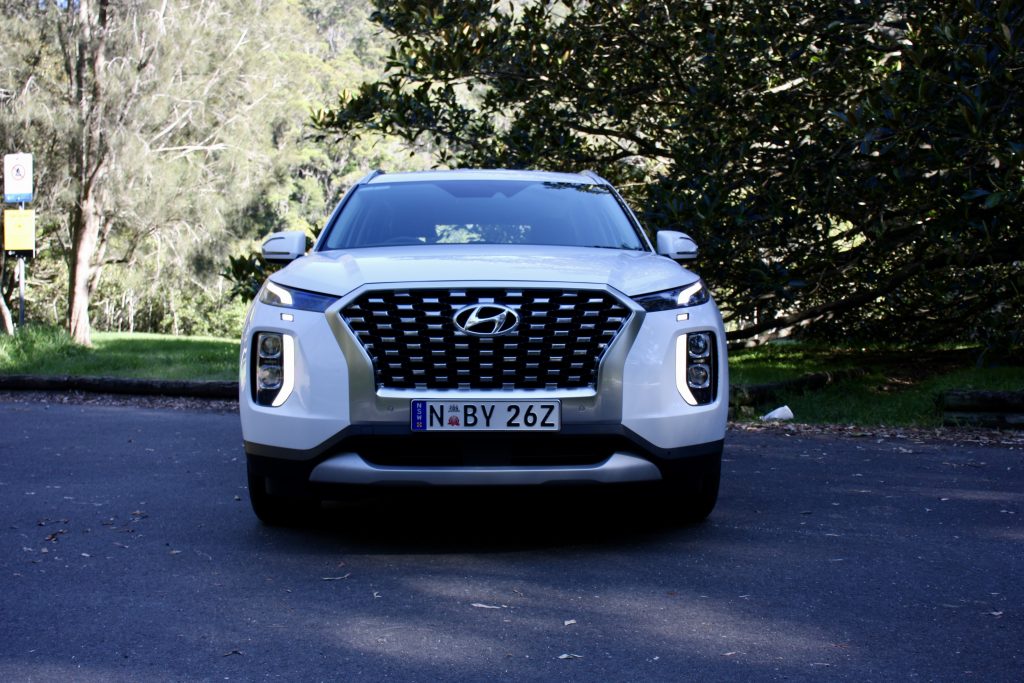
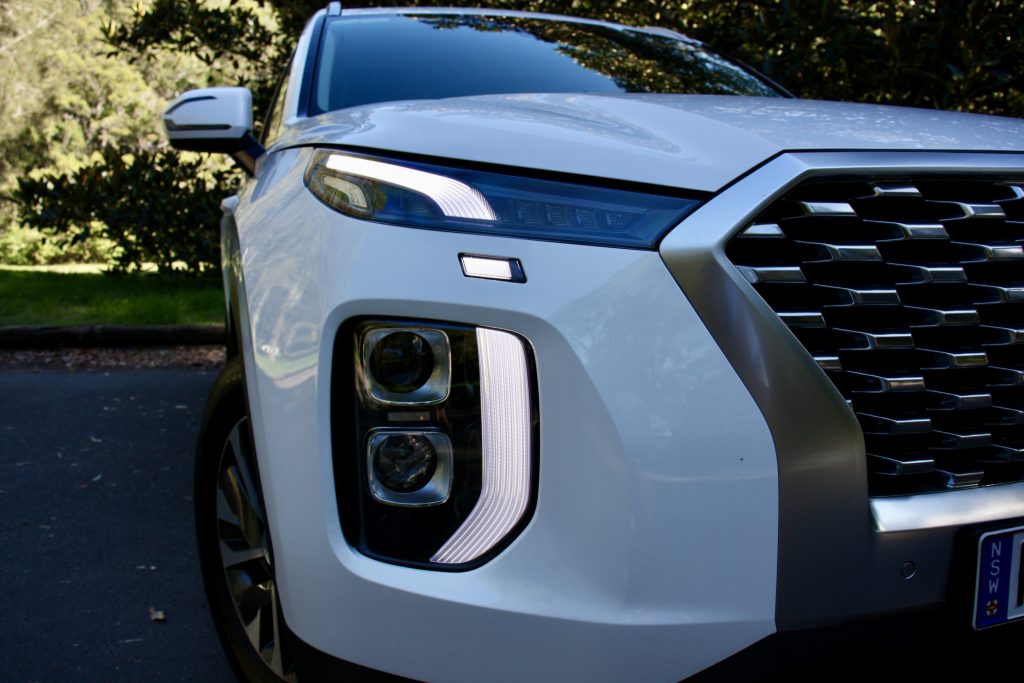
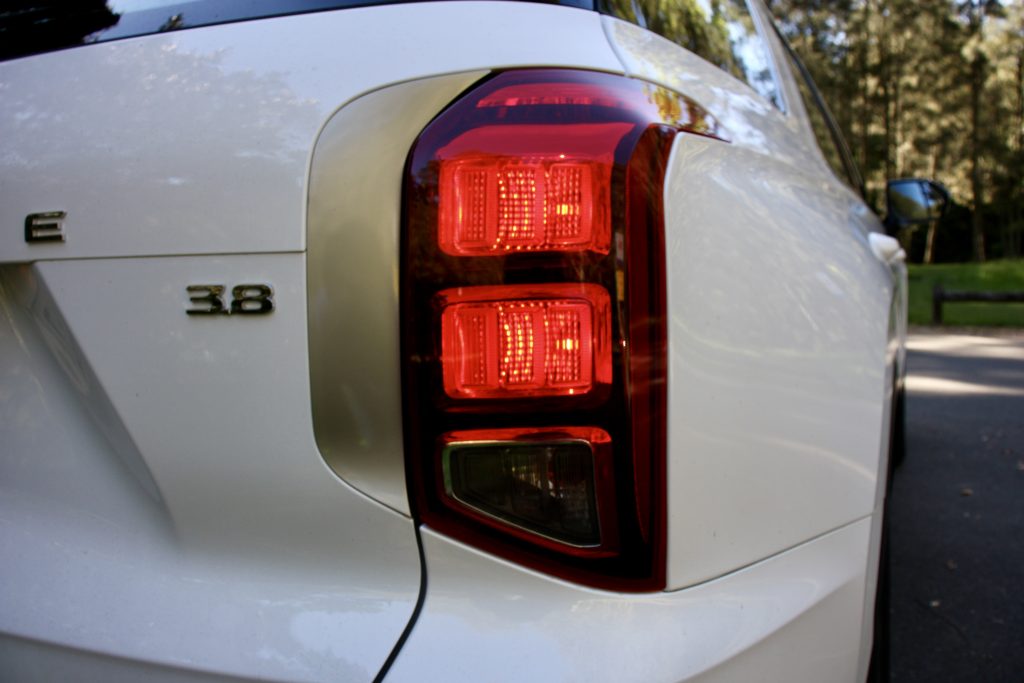
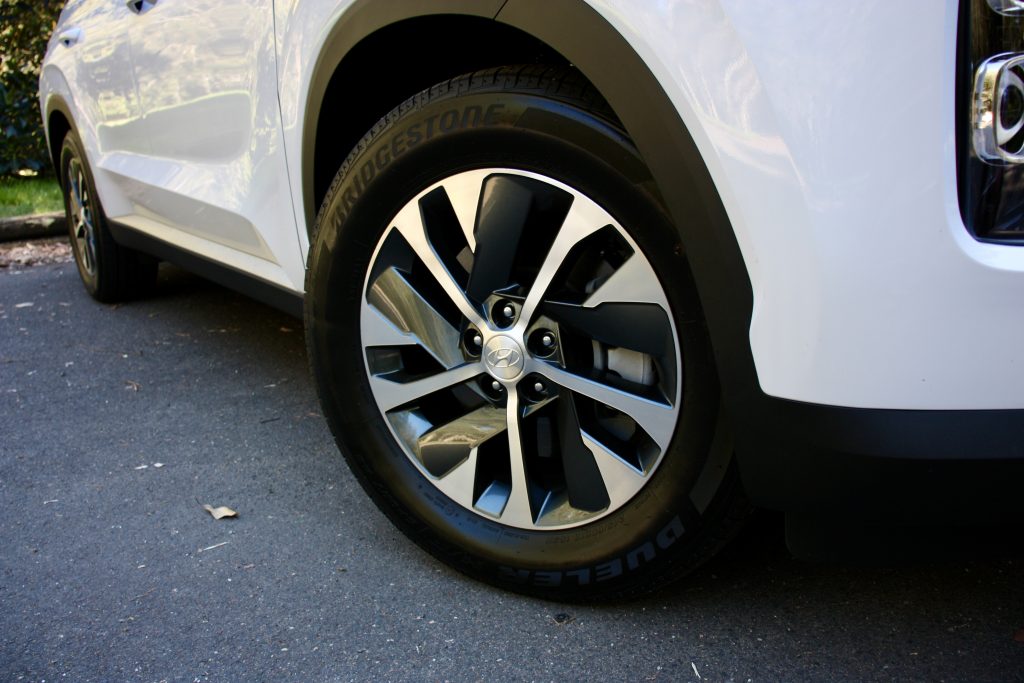
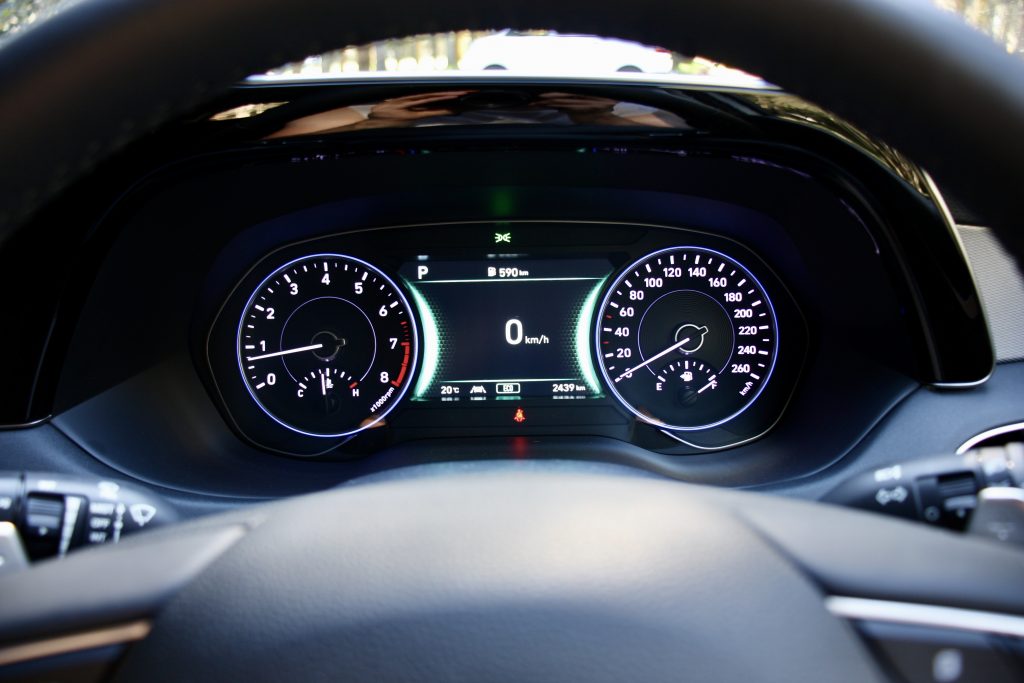
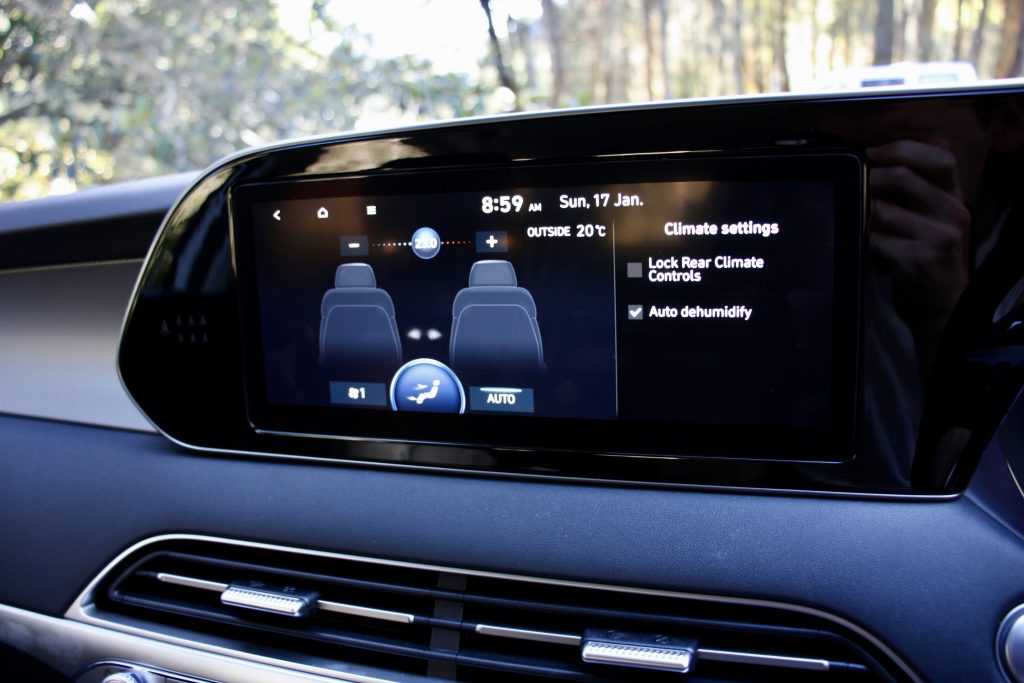
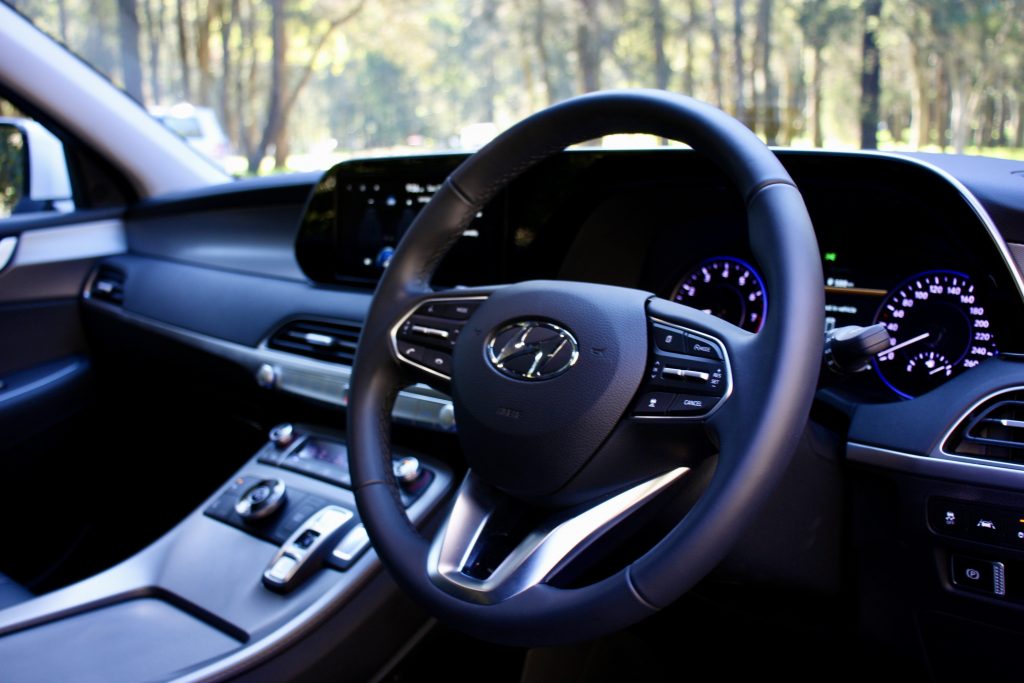
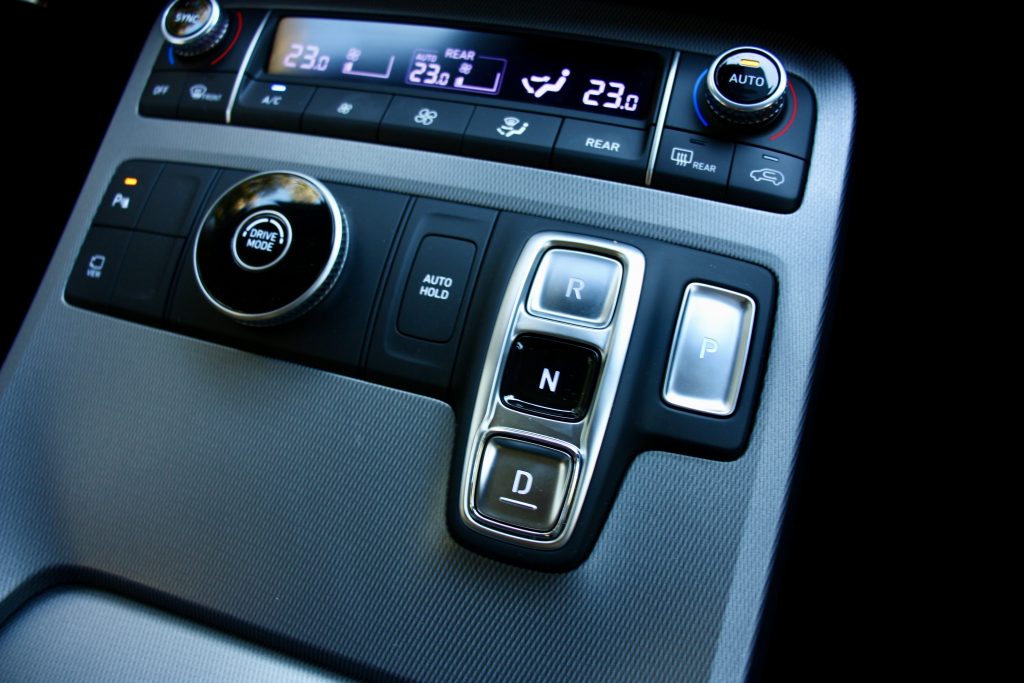
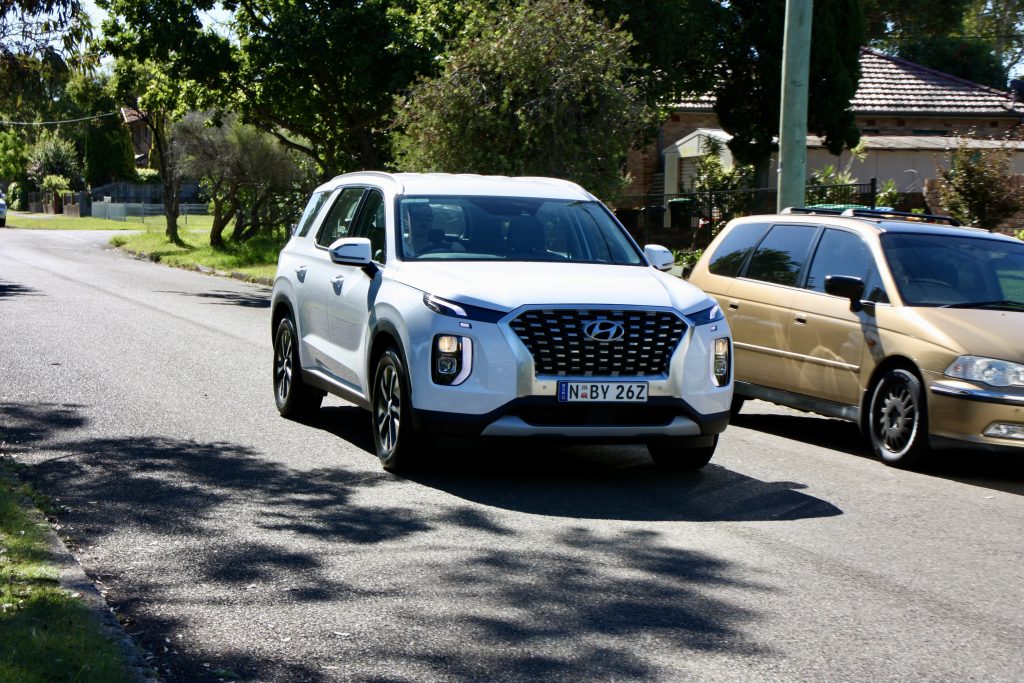
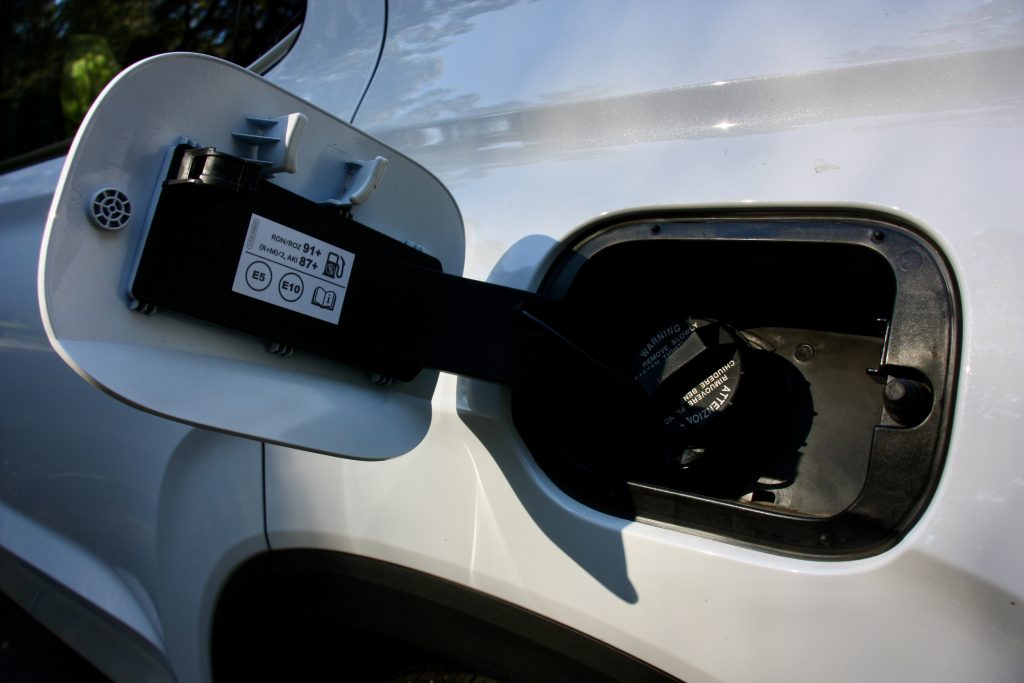
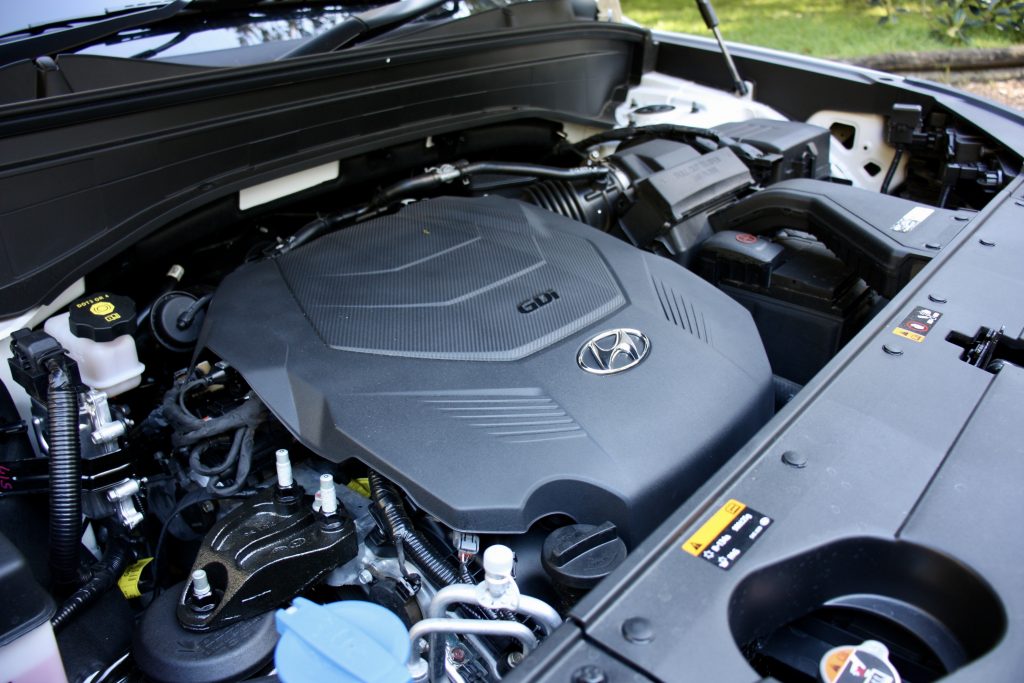
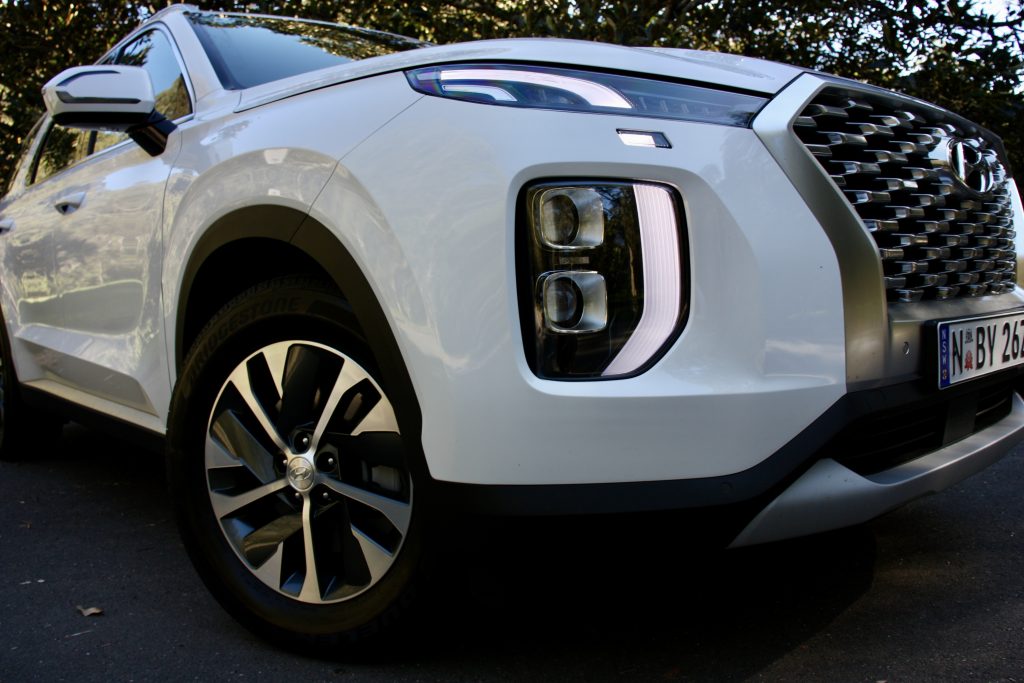
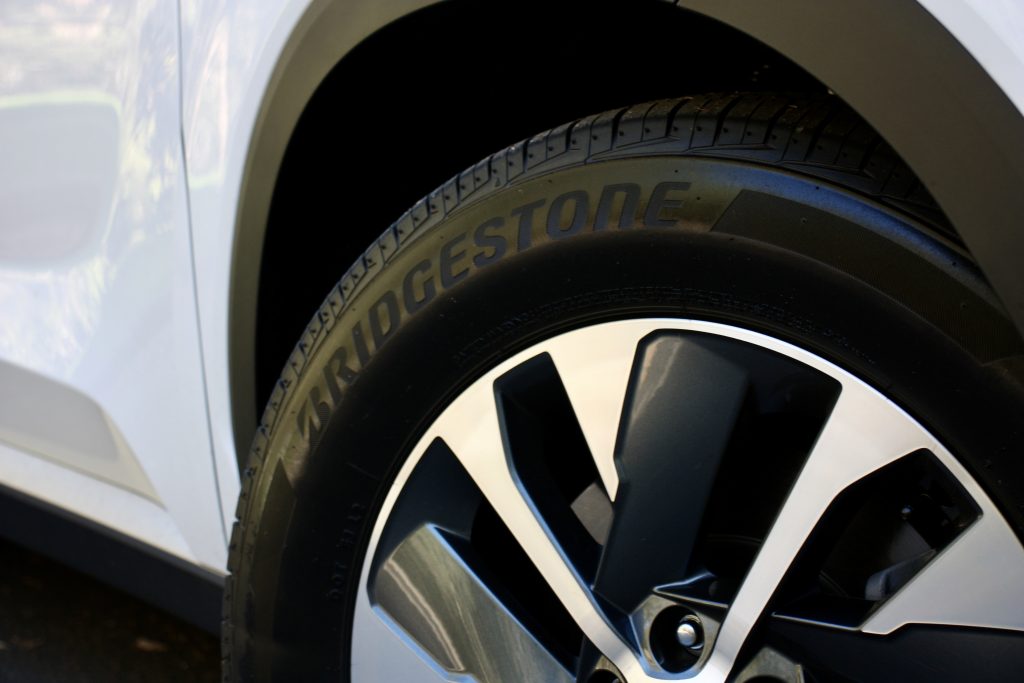
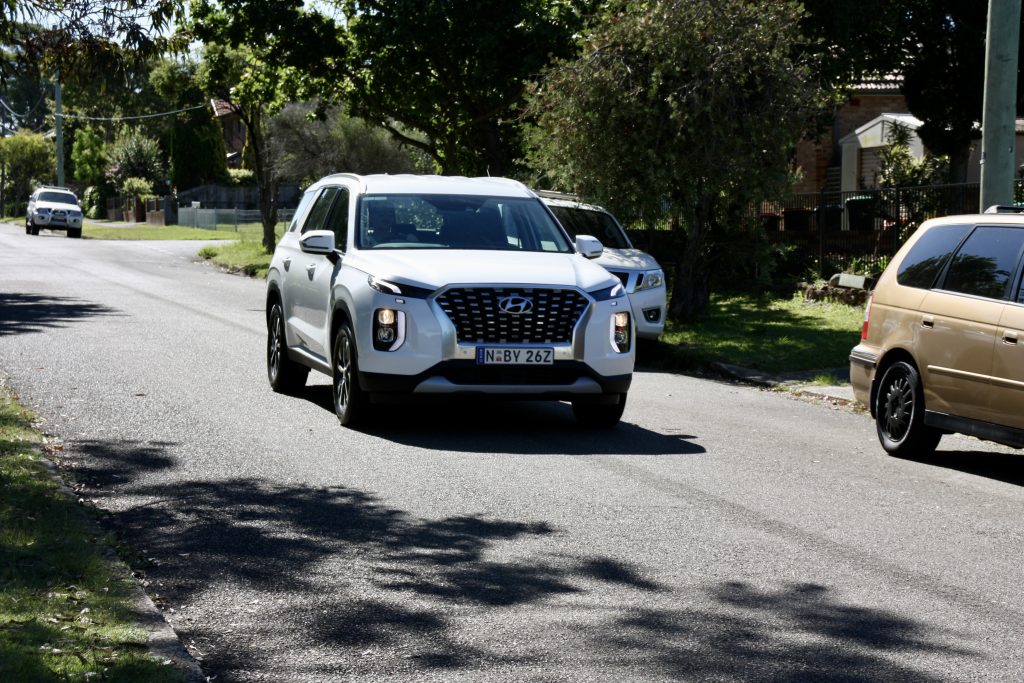
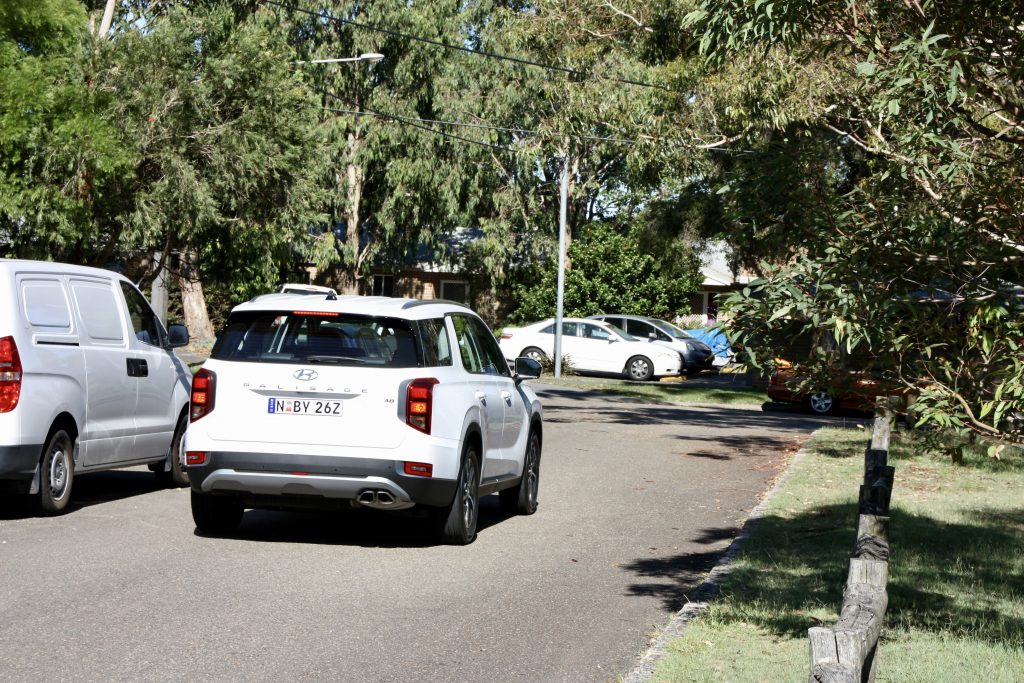
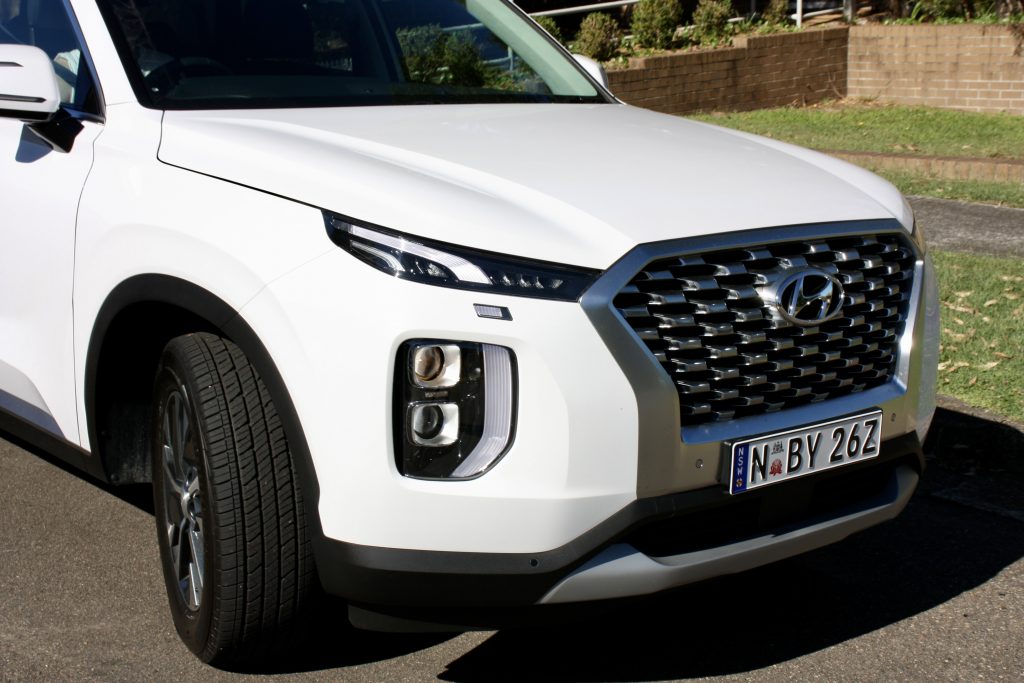
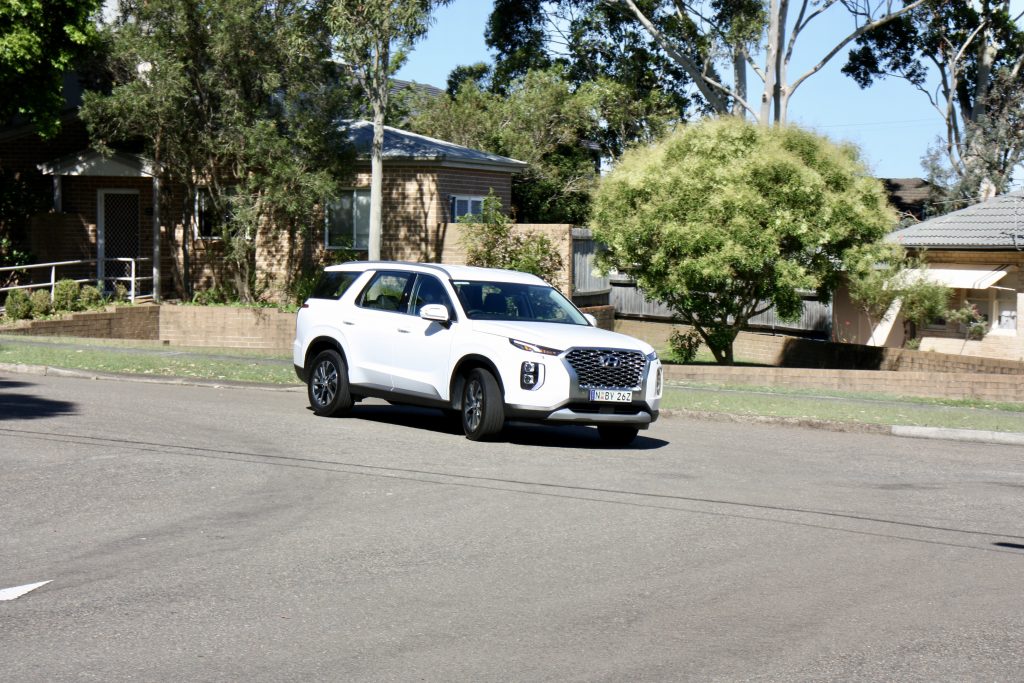
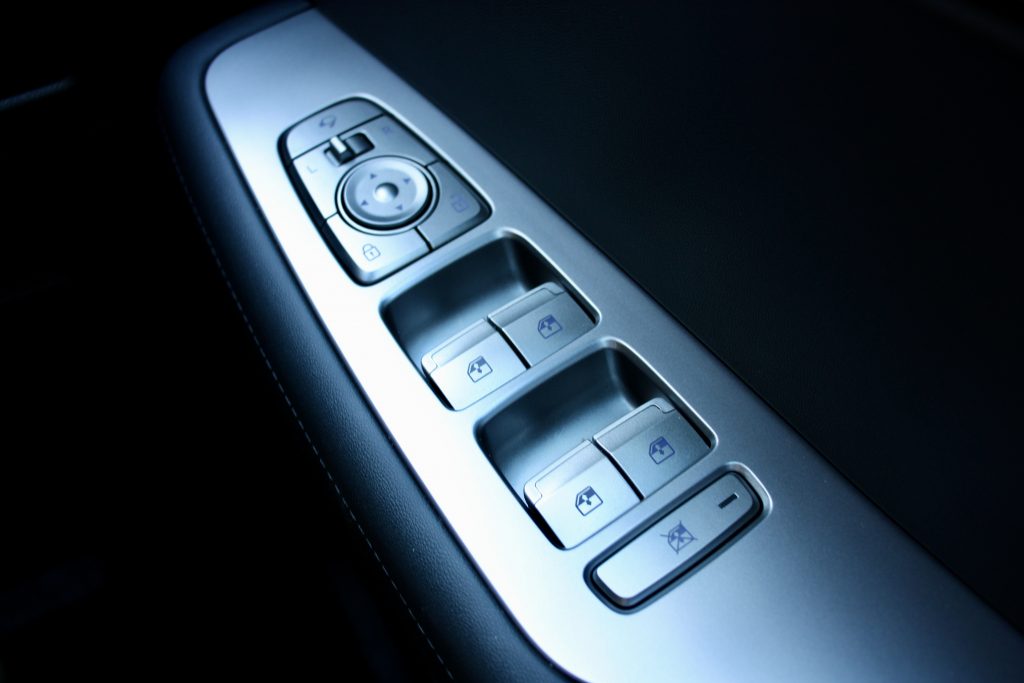
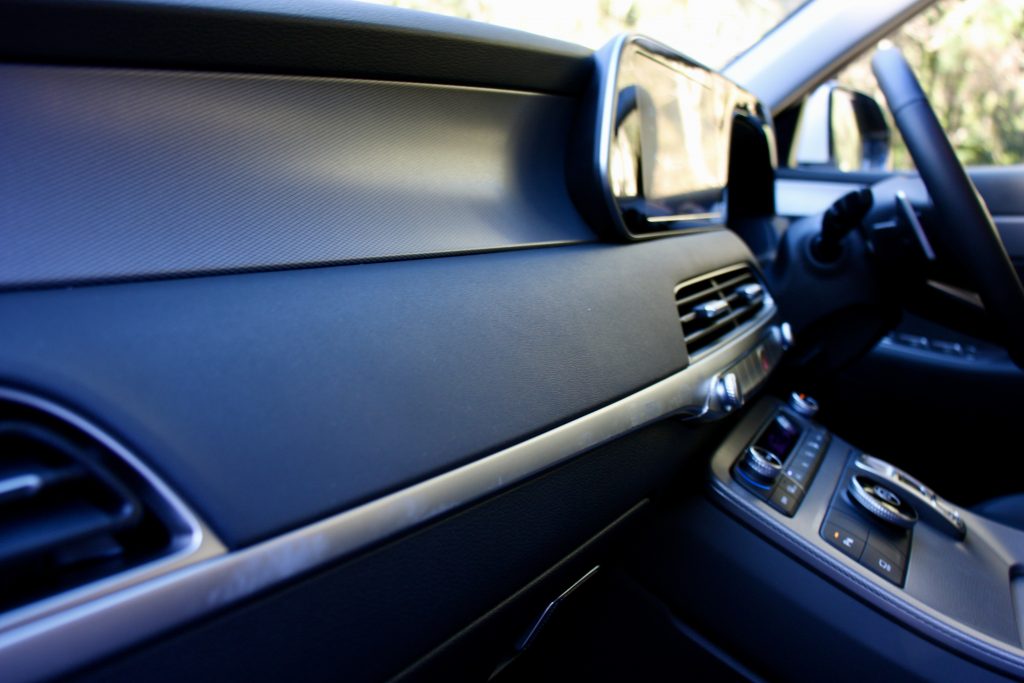
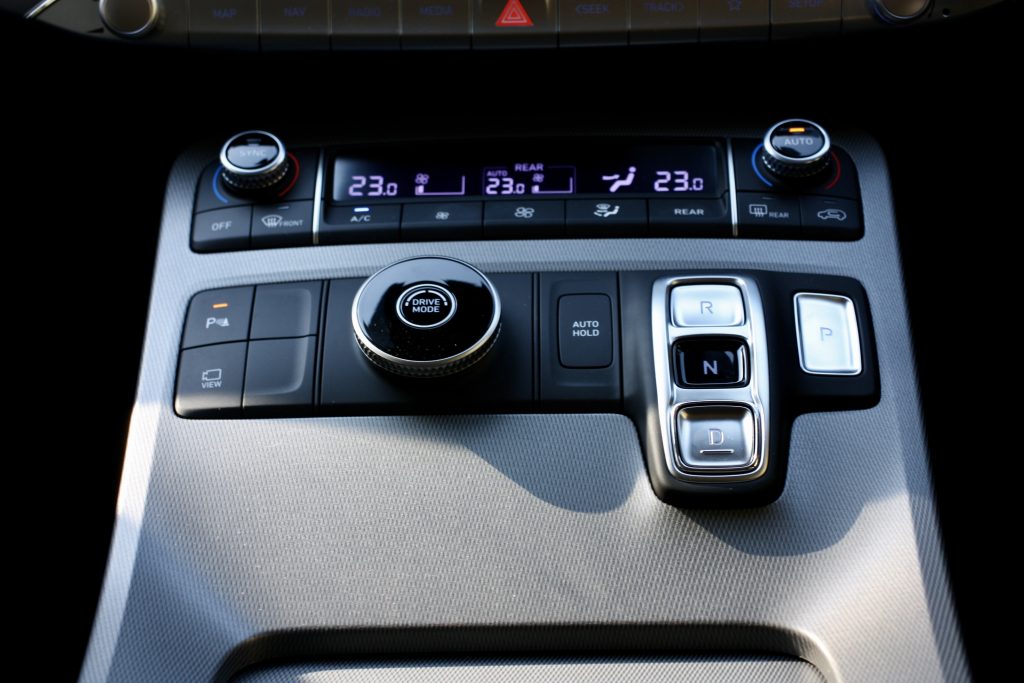
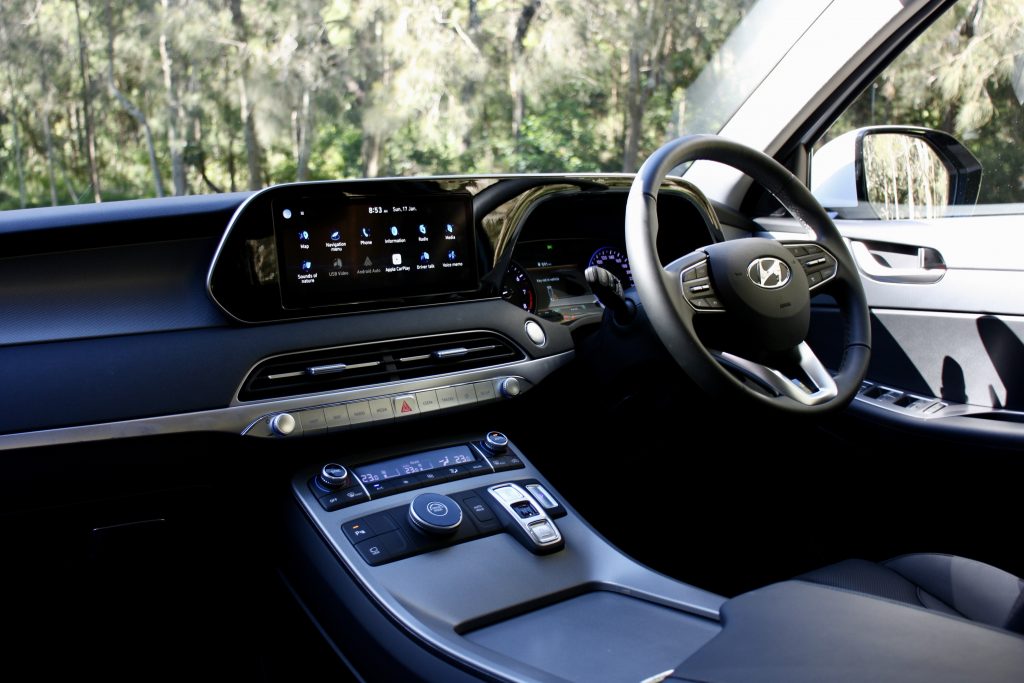
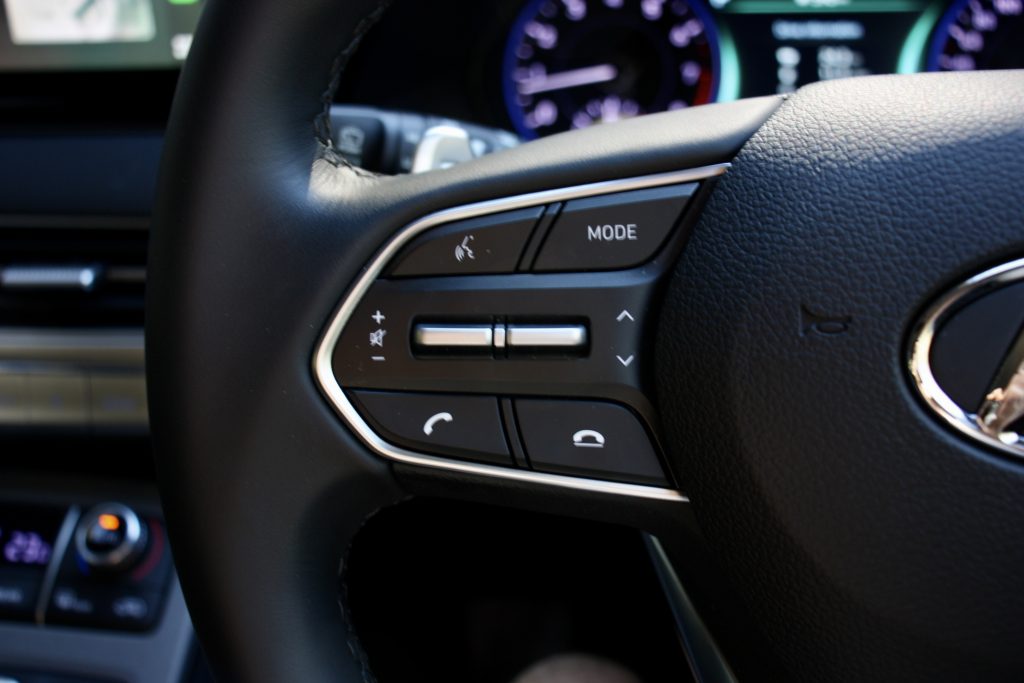
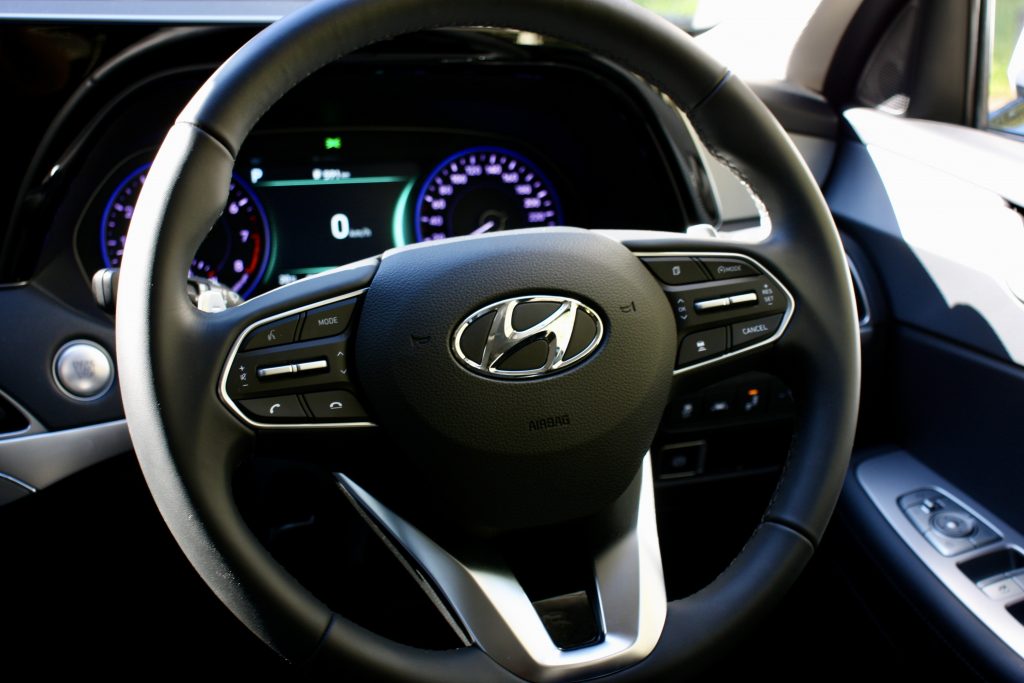
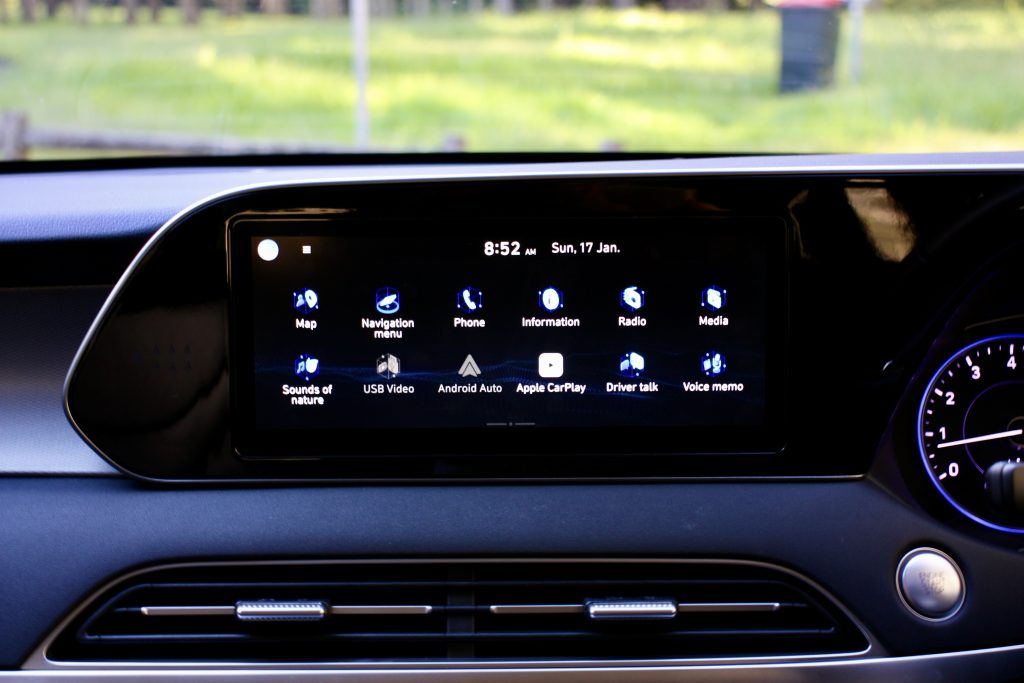
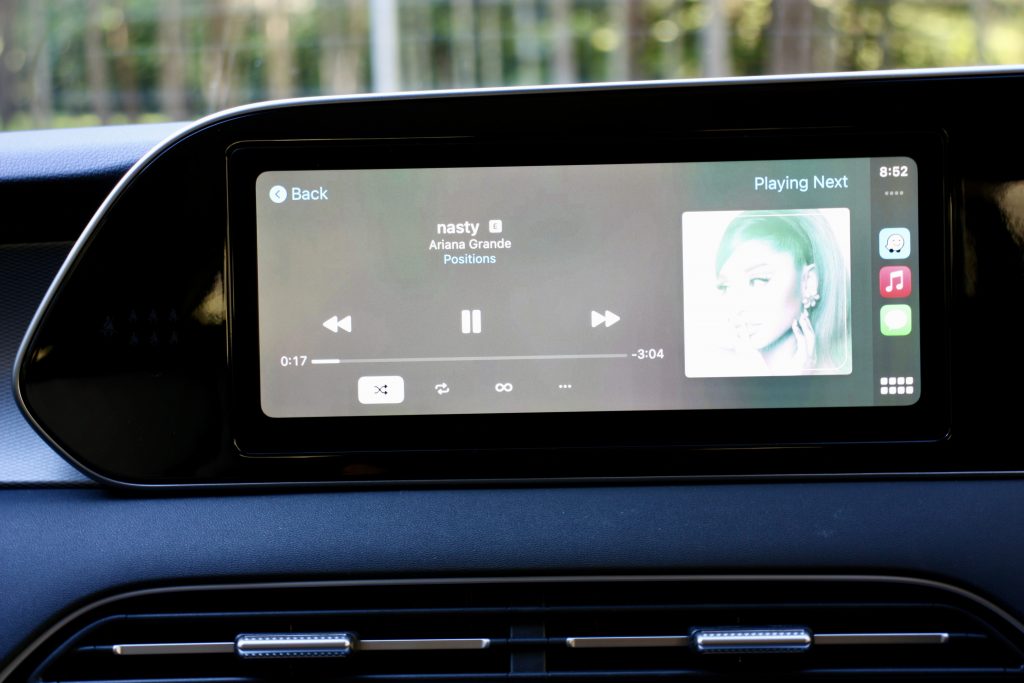
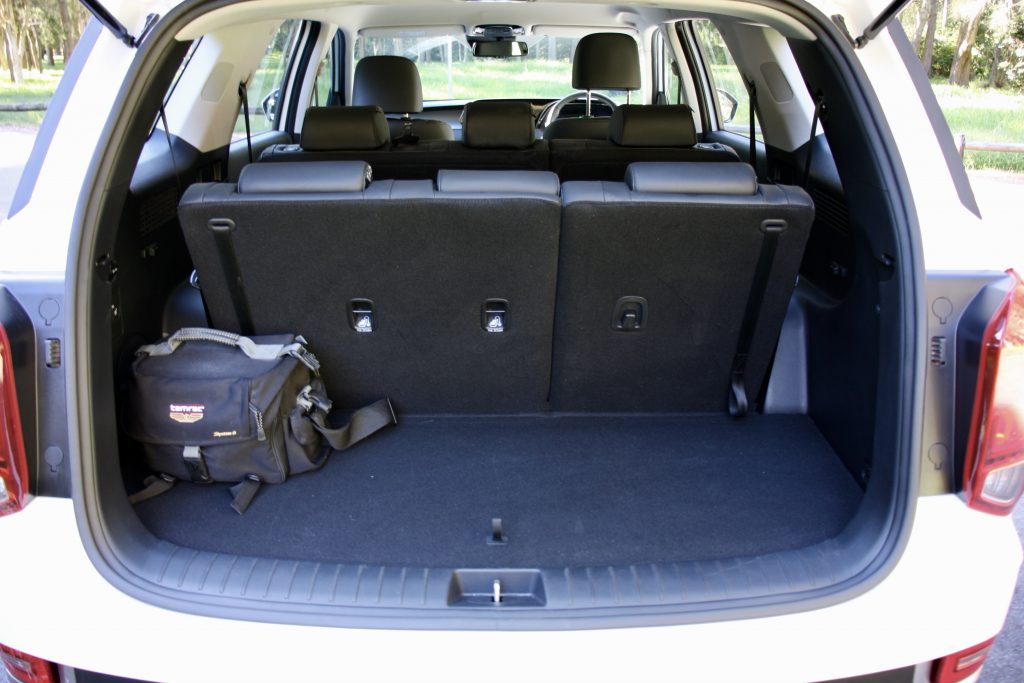
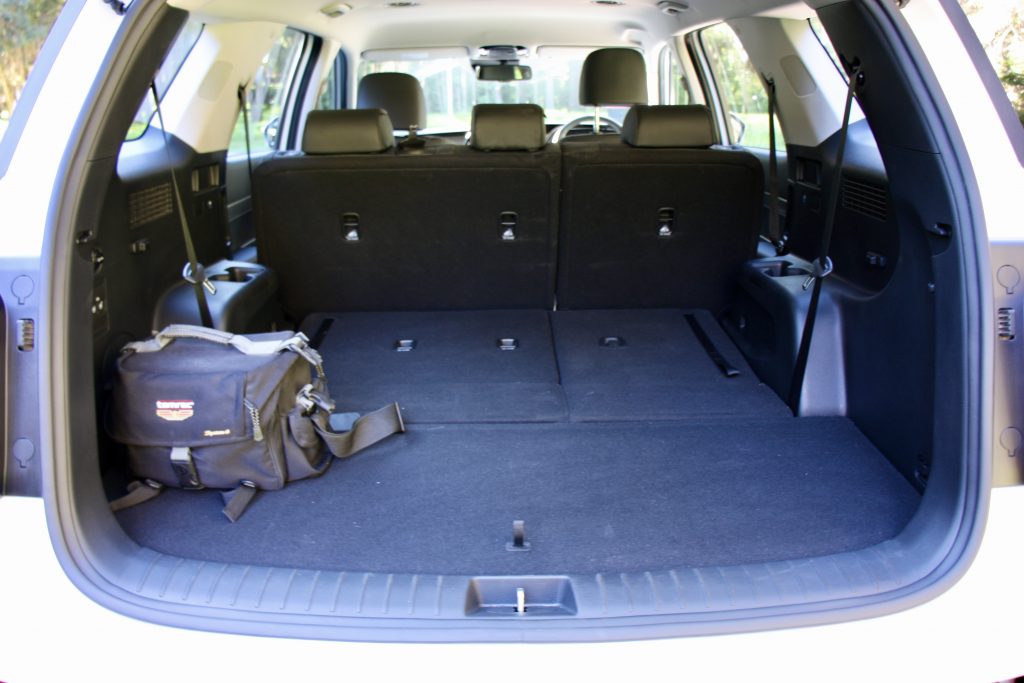
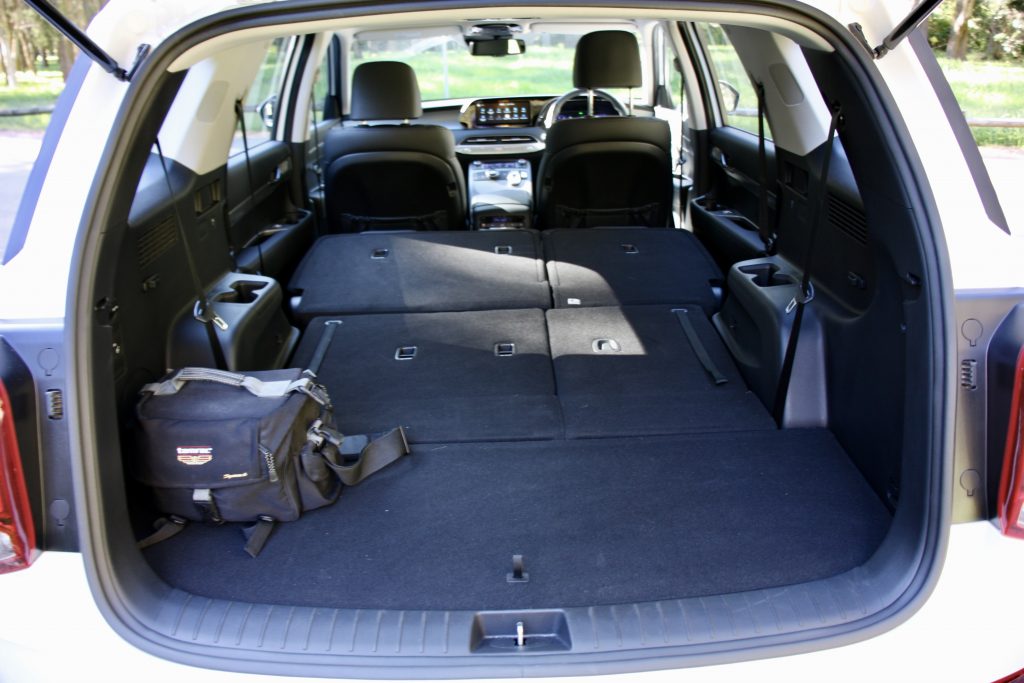
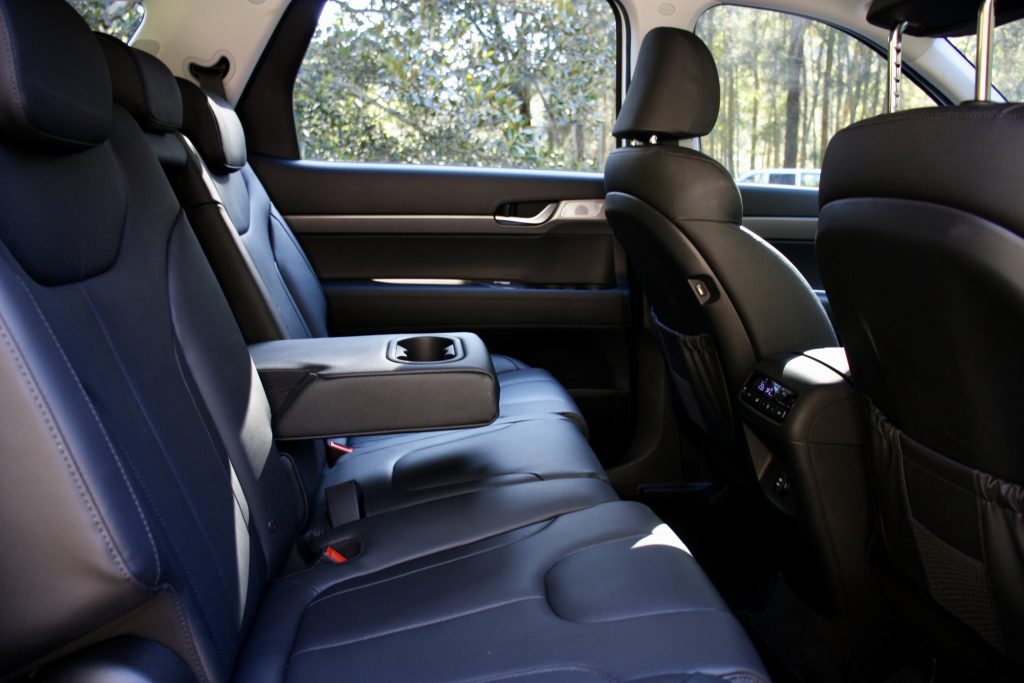
Leave a Reply